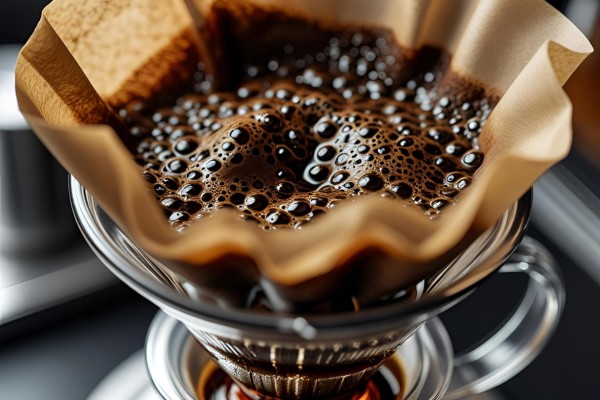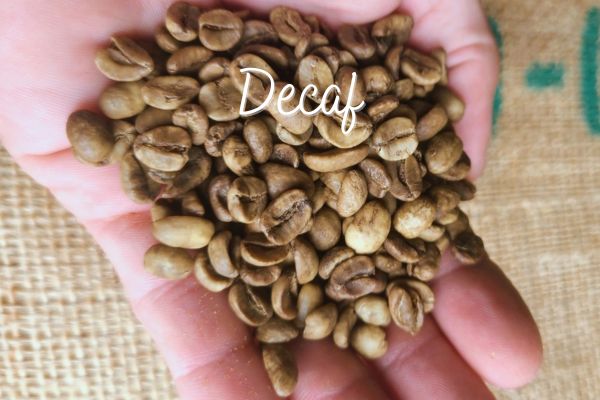
A Guide to Coffee Freshness: From Bean to Brew
How important is coffee freshness? This guide covers the ideal timeline for using your coffee beans after roasting, how to properly store them, and the tell-tale signs of stale coffee.
Why Coffee Freshness Matters
In the world of specialty coffee, freshness is paramount. While coffee doesn't "spoil" in a way that will make you sick, it does go stale. Over time, the complex organic compounds in roasted coffee beans degrade, leading to a significant loss of flavor and aroma. Using fresh beans is one of the single most impactful changes you can make to elevate the quality of your home-brewed coffee.
Stale coffee tastes exactly how it sounds: flat, lifeless, woody, and dull. The vibrant, nuanced flavors of its origin—the bright citrus, the sweet berries, the rich chocolate—fade away, leaving behind a one-dimensional, generic "coffee" taste.
The Freshness Timeline
The clock on coffee freshness starts the moment the beans come out of the roaster.
-
The First Few Days (The "Resting" Period): Immediately after roasting, coffee beans release a large amount of carbon dioxide (CO2) in a process called "de-gassing." Brewing coffee that is too fresh (within 1-3 days of roasting) can be problematic, as the intense de-gassing can interfere with the brewing process, leading to an uneven and sour-tasting extraction. Most specialty roasters recommend letting their coffee rest for a few days before brewing.
-
The Sweet Spot (3 days to 3 weeks post-roast): This is the peak period for flavor and aroma. The de-gassing has stabilized, but the volatile aromatic compounds are still very much intact. This is when your coffee will taste its most vibrant and delicious. When you brew, you should see a healthy coffee bloom, which is the most visible sign of freshness.
-
The Decline (3 weeks and beyond): After about three weeks, the process of oxidation begins to take a noticeable toll. The coffee will lose more and more of its delicate aromas and flavors. It's still perfectly fine to drink, but it will lack the complexity and vibrancy of a fresher bean.
Key takeaway: Always look for a "roasted on" date on your bag of coffee. Avoid bags that only have a "best by" date, as this tells you nothing about when the coffee was actually roasted.
How to Store Coffee Beans
To preserve freshness for as long as possible, your coffee's greatest enemies are oxygen, light, heat, and moisture.
- DO: Store your coffee in an opaque, airtight container. The valve-sealed bags that most specialty coffee comes in are ideal for the first couple of weeks. If you buy coffee in larger quantities, transfer what you won't use within a week or two to an airtight canister.
- DO: Keep your container in a cool, dark place, like a pantry or cupboard.
- DON'T: Store your coffee in the refrigerator or freezer. The temperature fluctuations can cause condensation to form on the beans, which will damage them. Furthermore, coffee is porous and can absorb the aromas of other foods in your fridge (onion-flavored coffee, anyone?).
- DON'T: Buy pre-ground coffee if you can help it. Grinding coffee beans dramatically increases their surface area, causing them to go stale much, much faster. For the best results, grind your coffee right before you brew.
By buying fresh, whole bean coffee and storing it correctly, you ensure that every cup you make is as flavorful and aromatic as the roaster intended.


